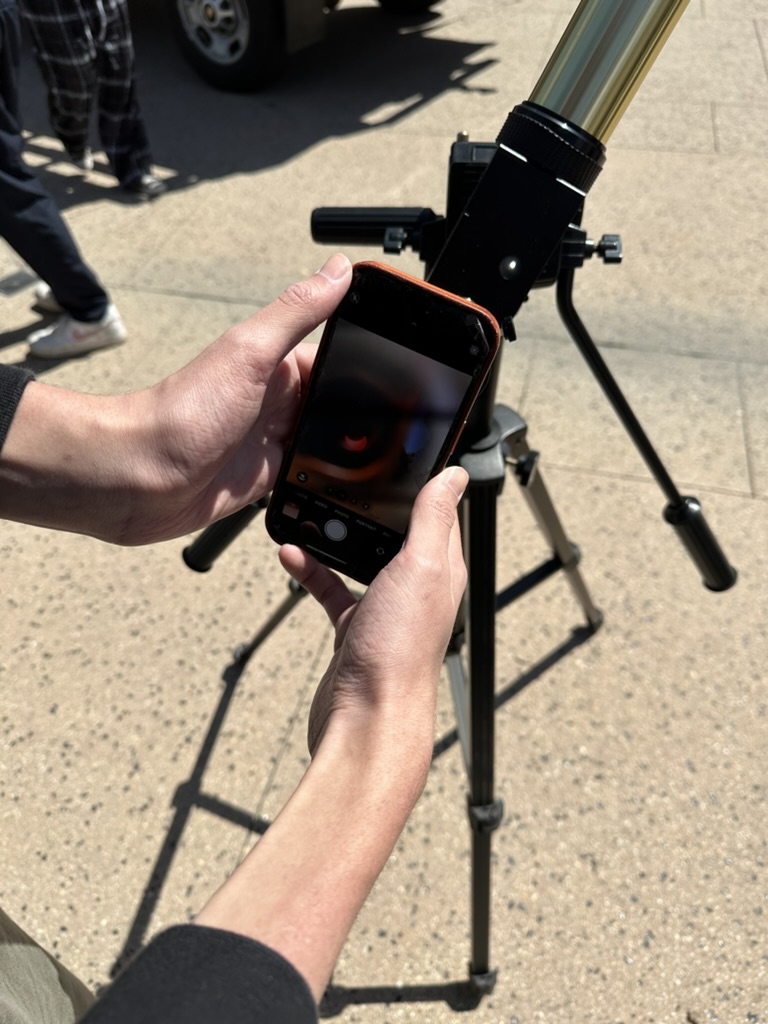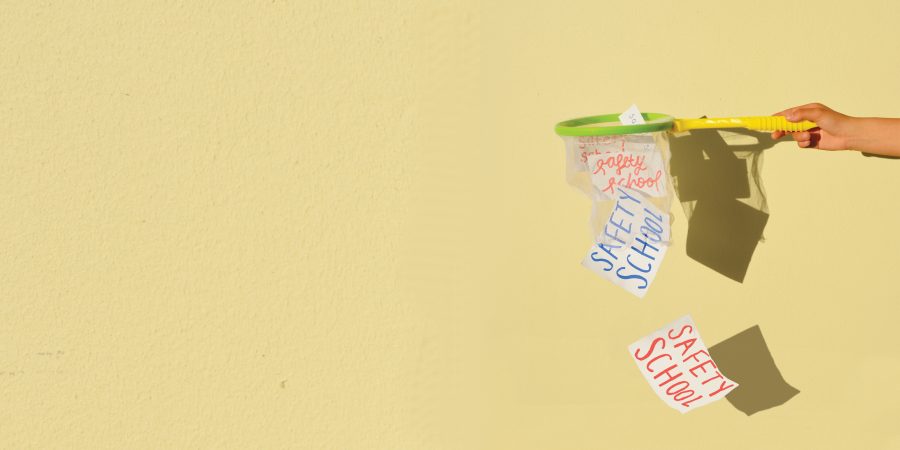Lucy* ’18 sat with her friend in a near-empty McDonald’s, silently sipping her drink. As she refreshed her email, her heart sank. The word “rejection” flashed across the screen, informing her that she had just been denied from her dream school.
“I felt really disappointed and confused,” Lucy said. “I was just thinking, ‘why, why, why, why?’”
Lucy said that she had felt fairly confident in her chances for admission and was shocked by the results.
“Getting rejected was [emotionally] a lot,” Lucy said. “It was hard to deal with. I had been dreaming about attending my entire life since before I can remember.”
Acceptance rates at colleges across the nation have fallen in recent years, with many reaching record lows.
For example, Tulane University’s acceptance rate has dropped from 30 percent to 17 percent in just two years, and Villanova’s acceptance rate fell from 43.5 percent in 2016 to 29 percent for this year.
These low acceptance rates follow a substantial increase in application numbers, with all of the Ivy League schools and UC schools drawing the largest number of applications in recent history.
Dean of Admission at Princeton University Janet Rapelye attributed the growing applicant pool to an increased emphasis on fostering a diverse community.
“[That growth] exceeded our expectations,” Rapelye said in an interview with the Daily Princetonian Feb. 20. “Our outreach to low income backgrounds, students who may be working with community-based organizations and to schools we haven’t had applicants from before may have contributed.”
Although upper school dean Adam Howard ’93 said he has noticed a difference in how colleges are approaching diversity, he feels that it is a natural progression.
“Every college is trying to create a community that, as much as possible, mirrors the real world, [with] a diverse community that is made up of varying ethnicities and interests and passions and students and sexual orientations in the world around us,” Howard said. “That in itself right there can certainly be frustrating for the applicant [who doesn’t get in], but at the same time, I feel like our students would want to go to a place where they are getting a real world experience. That becomes stuff that is out of the students’ control. As our world changes, so does college admissions.”
Axel Rivera de León ’18, who is the first in his family to apply to college, said that throughout the application process, schools have generally made a strong effort to make him feel welcome by highlighting the different diversity centers on campus and providing him with opportunities to speak to other minority students.
“The schools I’ve applied to and gotten accepted to are really vocal and reach out,” Rivera de León said. “For example, sometimes they’ll have students from the Hispanic student center or the LGBTQ student center call me and ask if I have any questions, or they’ll invite me to admitted students events specifically for students of color or queer students.”
In addition to an increased focus on diversity, outside-of-school college counselor Patti Demoff pointed to misleading information that encourages students without competitive credentials to apply to
selective colleges as a reason for the increase in applications.
“In general, [colleges] are inviting more and more applications,” Demoff said. “They don’t discourage students from applying; rather, they talk about holistic reviews and having no grade or score cut-offs, which may be technically true, but it’s very misleading. They aggressively market, only to turn more people down.”
As a result of this influx of applications, certain schools are struggling to adjust to the growing application pool. According to Demoff, University of Michigan deferred many early action applicants without reading their applications and focused purely on numbers this year.
When Ralph* ’18 opened his early action decision from Michigan and discovered he was deferred, he said he was shocked, as he had applied to the school expecting to be easily admitted. Although he was eventually accepted, he said that the news of his deferral heightened his anxiety throughout the rest of the process.
“I was pretty scared with the Michigan decision, especially because it came right after my early decision rejection, so I was kind of in shock,” Ralph said.
Howard also suggested that in order to protect their yield percentages, colleges are looking for applicants who have demonstrated interest, resulting in students with competitive transcripts being rejected by certain schools.
These trends are echoed across the nation, Demoff said.
In speaking to other college counselors, Demoff said she discovered that the number of students who were waitlisted or rejected everywhere they had applied had substantially increased.
Moving forward, both Demoff and Upper School Dean Department Head Beth Slattery said that the recent admissions trends will change how they address certain schools.
“We have to utilize data even more significantly to help families understand just how competitive the most competitive schools have become,” Slattery said. “The deans try to be both supportive and realistic in this process, and walking that line is really difficult in the current college admission environment. Using data to inform the process while also capitalizing on the strong relationships we have with our students seems to be the best way to balance the art and science of college admission.”
Although Howard said he has always stressed the importance of maintaining a balanced list, the new admissions trends will encourage students to explore an even wider range of institutions.
“It is a great opportunity to learn about places that don’t typically creep into our vocabulary,” Howard said. “Schools that are off the radar but are terrific institutions that not many HW kids have gone to that are maybe not being chatted about in the lounge suddenly must emerge. That creates some new unique options for someone to find their own path.”
Howard also said that despite the numbers, he remains optimistic about students’ chances at many colleges and does not feel that the school will be affected by the decline in acceptance rates.
“Colleges like us because our students are well prepared and do well when they get there, so thats not going to change,” Howard said. “So I do think that with the ‘Harvard-Westlake bump,’ whether it is minimal or bigger depending on the school, [admissions results] will ultimately remain the same because colleges know that they are getting really good quality students from here every year.”






































